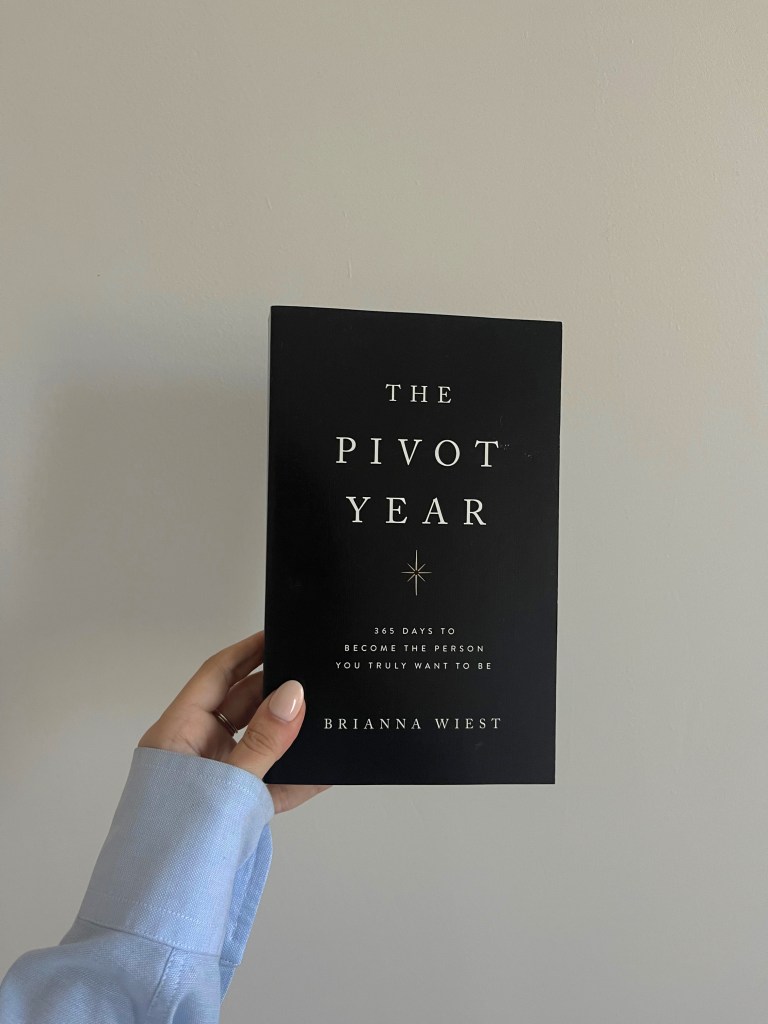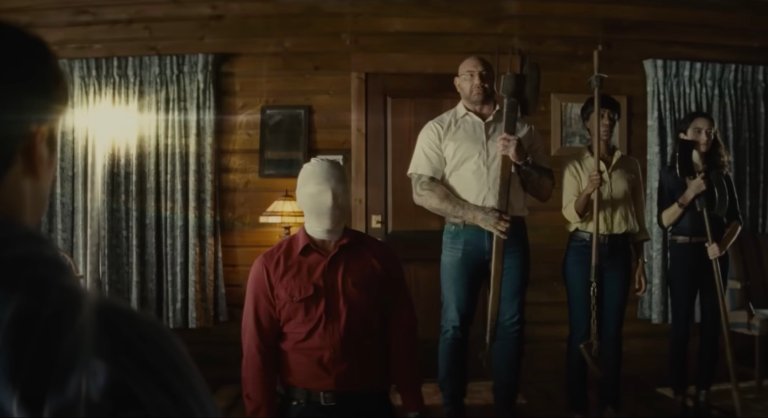7 Steps To Acing A Job Interview Presentation
In earlier times, job interviews consisted of looking over your resume, answering a few basic questions like, “what is your greatest strength” and moving on to discuss salary and benefits details. But in today’s competitive marketplace, it takes more work than ever to stand out in a crowded candidate field. Many businesses have adopted the practice of having prospective new hires give an interview presentation showcasing what they can do.
Is this high pressure? You bet. However, keep in mind the successful candidate will need to pass the same vigorous hiring process. Why shouldn’t you turn out on top? By following the tips below, you can increase your chances of success with your presentation and enjoy a shiny new title on your business cards.
1. Understand Your Audience
Do your homework in advance to discover who will be in the audience at your presentation. In smaller organizations, the audience may consist of one or two individuals only — the business owner or department manager and perhaps one other colleague. In larger companies, the audience may consist of anywhere from 6-12 board members.
Once you know who your audience will consist of, get on LinkedIn or other social media and do some homework. While many industry leaders prefer to maintain a low profile online, you can obtain a general idea of what makes them tick by reading biographical blurbs on blogs they publish, etc. Research the company as well, and try to unearth a pressing need they must fill. Gear your presentation toward addressing this need.
2. Roughly Outline Your Presentation
Writing your content proves easier when you have a skeleton of where you wish to go. Take the time to outline your presentation first. What key points must you be sure to include? What problems does the client have for which you have solutions? How can you explain your value in the most clear, concise way?
Remember, hiring managers are busy individuals, so unless otherwise specified, keep your presentation to 30 minutes or less. If you’re uncertain how long your presentation should be, ask! Business leaders appreciate individuals willing to take the initiative to ask what they do not know, and you’ll impress them before you even open your mouth by knowing how to respect their time.
3. Select Presentation Software
When it comes to selecting software on which to prep your presentation, you have a ton of choices. At present, there are more than 30 different presentation software programs available, some of which require a subscription, others which are available online for free. Most Windows users, for example, are most familiar with PowerPoint; however, Prezi online software allows users to create even more personalized presentations absolutely free on a trial basis.
Consider how many bells and whistles you truly need. Conservative law or accounting firms, for example, may gravitate toward the traditional PowerPoint presentation, whereas young, up-and-coming tech companies appreciate more modern, innovative design.
4. Create Engaging Content
Your content is the bread and butter of your presentation. All the fancy graphs in the world mean little if you offer few insights to accompany them. Think of your presentation as writing an essay in college — your job is not to regurgitate the information from your research in a bland manner, but to take those ideas and build upon them in a meaningful way which will benefit your future employer. Wow them by standing on the shoulders of giants and looking forward from there.
5. Use Graphics Wisely
Graphics can make your presentation more engaging, but make sure they don’t outshine your own gifts and talents. If you’re looking for a sales job, exciting graphics outlining your previous successes make you stand out, but when interviewing for an academic position, you want your education and training to shine, not the shocking pics you use. And if you opt to use images from the internet, be sure to give credit to the graphics designer.
6. Rehearse Your Oscar-Winning Performance
Think back to giving a speech in high school. Remember standing in front of your mirror for hours rehearsing? Your teacher didn’t have you do this to torture you — it was to impart an important career skill.
Most people despise speaking in public, so those who can do so well have a serious leg up on the competition when it comes to presentation interviews. And the more you practice, the more confident you’ll feel. Confidence shows faith in your abilities, and makes your presentation flow smoothly.
7. Deliver Your Presentation Like a Champ
Now that you’ve designed the perfect presentation, all that’s left to do is rock the house come interview time. Carry hand sanitizer and breath mints with you so you can freshen up and dry hand sweat prior to shaking hands. Take along eye drops, too, if you’ve been rehearsing all night and look bleary-eyed.
Smile. Make eye contact. Deliver your presentation with absolute confidence. Then, get business cards from all interviewers and send thank you notes. All you have left to do is wait for the (hopefully) congratulatory phone call.
Acing Your Presentation Interview Like a Boss
Instead of looking at presentation interviews like an unpleasant burden, reframe the opportunity mentally as a chance for you to strut your stuff and show your best self. Now that you know what to do, get down to business on your presentation. Hopefully, you’ll be carrying your photos and house plants to your new desk in no time! Good luck!





